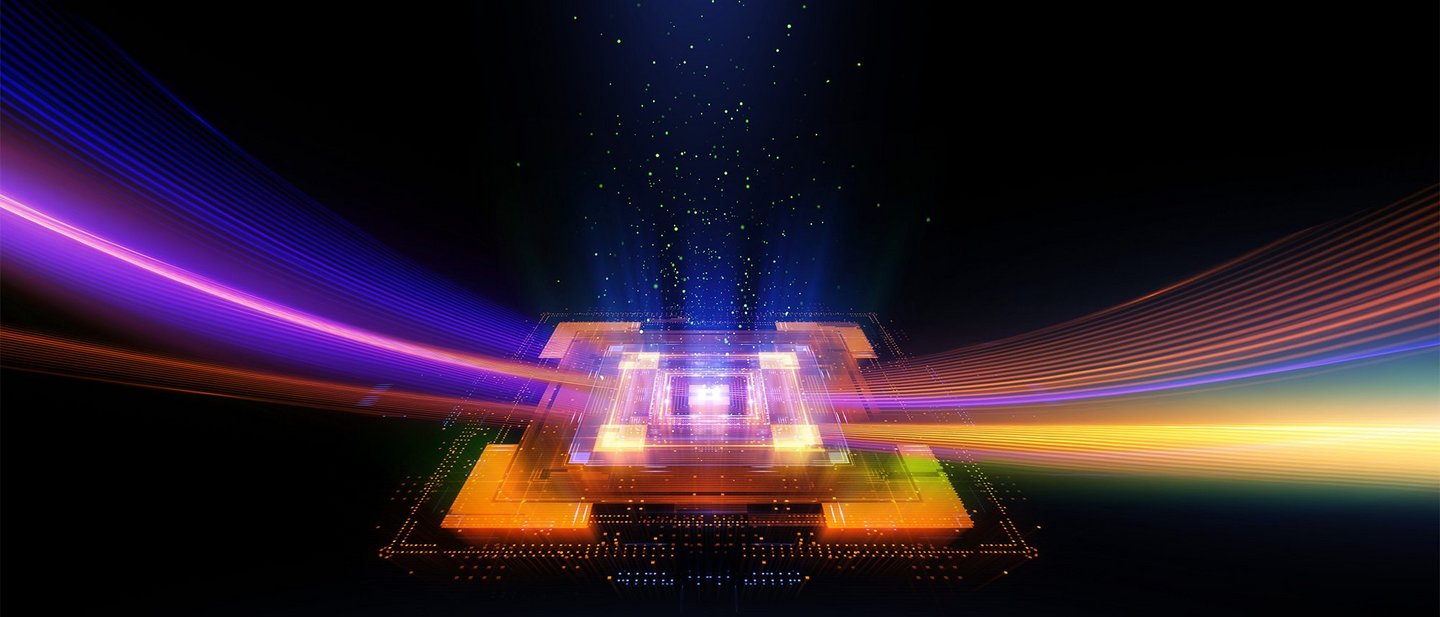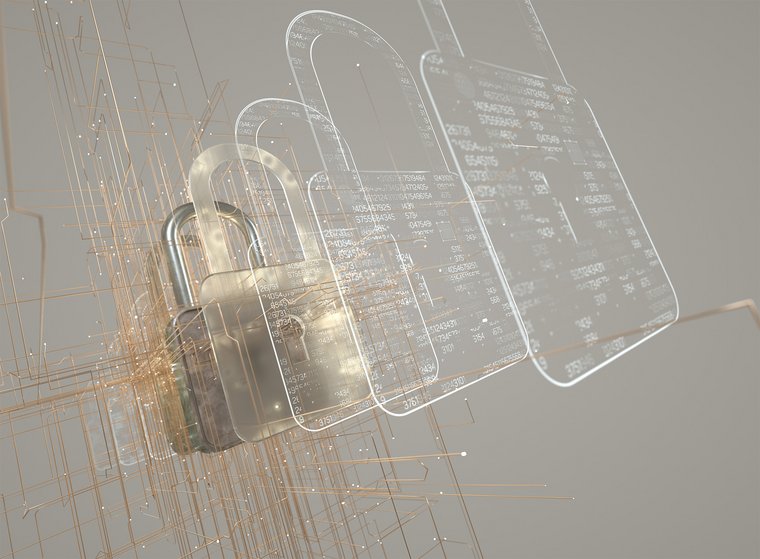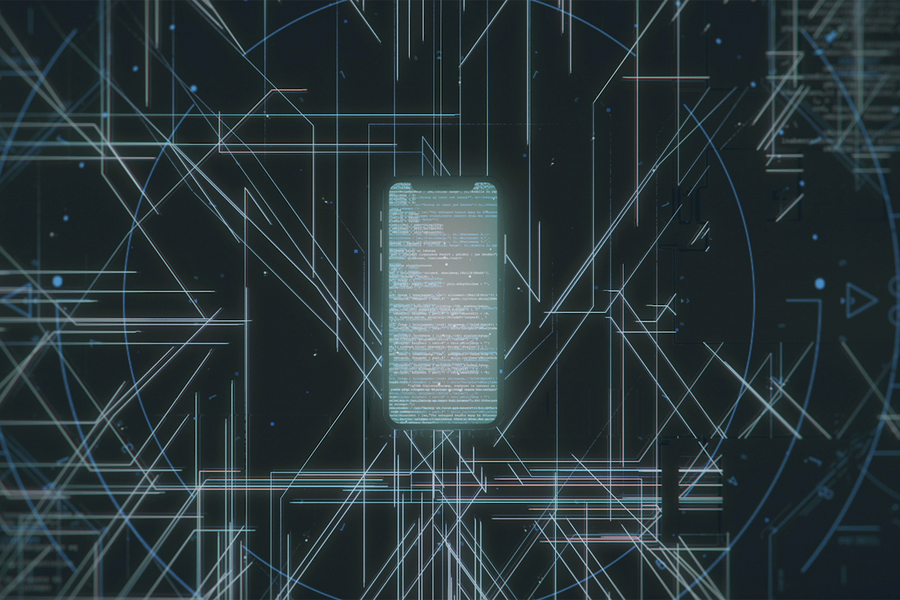Quantum computing could have the ability to optimize traffic flows, model molecules to develop next-gen lithium batteries1, or improve health diagnoses by enhancing MRI scanning.2 Quantum computers will be able to do much more than just that, and will revolutionize the way we solve many complex problems. The impressive capabilities of quantum computers are largely enabled by qubits. Unlike traditional computer bits, which only take the value of zeros and ones, qubits exist in more than one state at a time until observed, much like Schrödinger’s cat. This property of being in two states at the same time is known as a superposition. By leveraging superpositions and entanglement, quantum computers can execute multiple computation paths simultaneously. To better understand the importance and necessity of quantum computing, we can look at the “traveling salesperson dilemma.”
Imagine a traveling salesperson needs to visit multiple cities once each and return to the starting point, following the shortest route possible. If this included just three or four cities, one could easily calculate this in one’s head. However, by the time 11 cities must be factored into the equation, there are 20 million possible routes between them. Add just one more city to make it 12 stops and there are now an incredible 240 million possibilities.3 While a traditional computer would effectively use trial and error to find the optimal route, a quantum computer could theoretically take every path at once. In the same way that every city exponentially increases the complexity of the problem, every qubit you add to a computer results in an exponential increase in its ability to solve problems.




